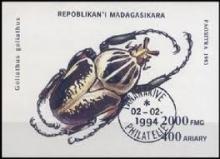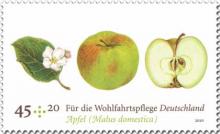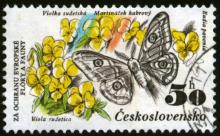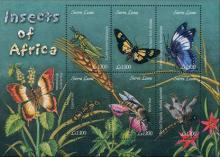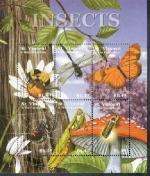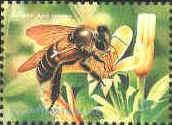EU Ombudsmann untersucht, ob EU Kommission genug gegen erhöhte Bienen-Sterblichkeit unternimmt
Die EU-Kommission hat eine Reihe von Pflanzenschutzmitteln, die sogenannten Neonicotinoide, zugelassen. Die Verordnung, mit der diese Zulassung geregelt wird, sieht eine Überprüfungsmöglichkeit für die Zulassung von Substanzen vor, wenn „neue wissenschaftliche Erkenntnisse Grund zur Annahme geben, dass sie die Zulassungs-Kriterien nicht länger erfüllen, weil sie zum Beispiel Gesundheitsschäden bei Tieren auslösen“. Die österreichische Volksanwaltschaft hat jetzt diesbezüglich eine Beschwerde beim Ombudsmann der EU eingereicht, der in Folge eine Untersuchung der EU-Kommission eingeleitet hat. Die österreichische Volksanwaltschaft weist darauf hin, dass Beobachtungen von BienenzüchterInnen und neue wissenschaftliche Erkenntnisse vermuten lassen, dass bestimme Neonicotionide in den vergangenen Jahren zu einer erhöhten Bienensterblichkeit geführt haben. Der EU-Kommission wird vorgeworfen, verabsäumt zu haben, das Problem der Bienensterblichkeit im Zusammenhang mit Neonicotinoiden angemessen zu behandeln.


